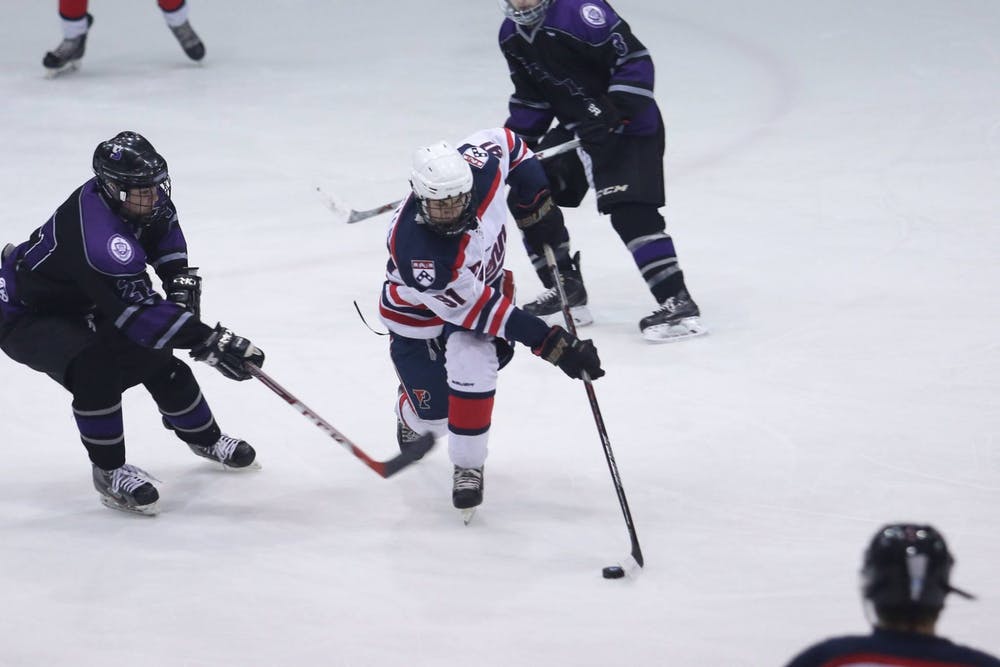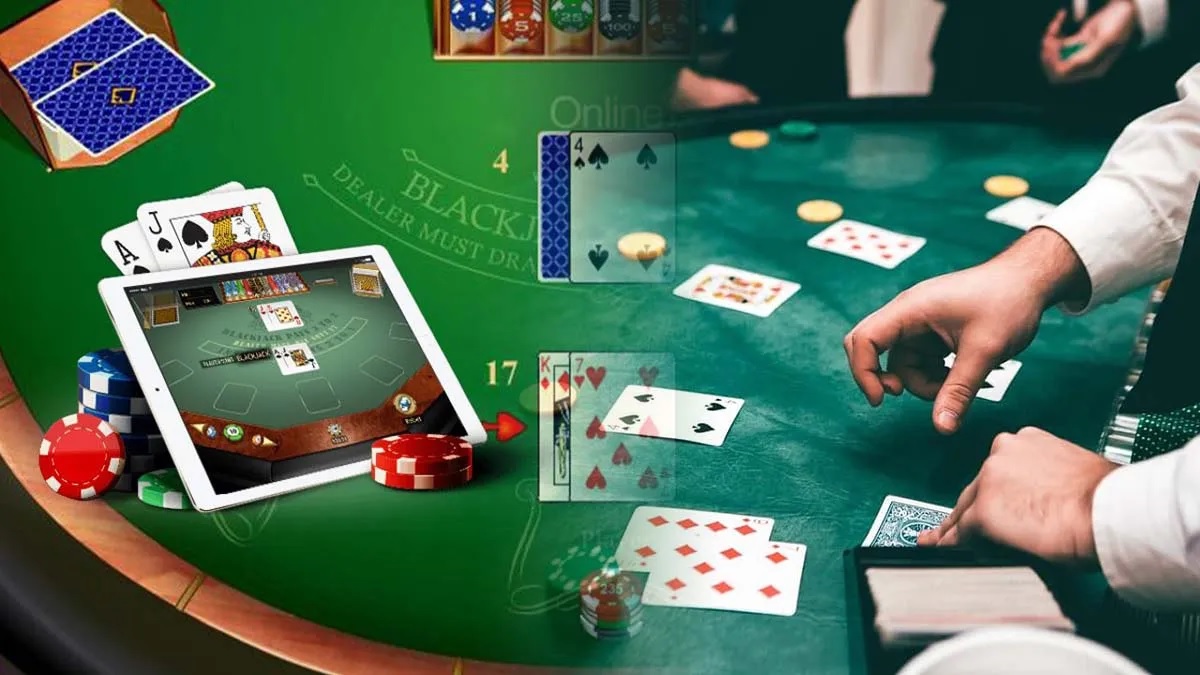
Ice hockey is one of the top 10 most popular global team sports with millions of fans around the world. The game is dynamic with frequent changes of players on the ice rink, which makes it spectacular, sharp, unexpected, and vivid. Ice hockey bets are no less popular in the world of betting. Many professional and amateur bettors choose this particular sports direction for betting, thus, ice hockey predictions are popular.
But in order to become a successful ice hockey bettor, it is necessary not only to monitor the progress of each team’s game and conduct thorough analytics but also to know the basic rules of ice hockey. This will enable you to make high-quality forecasts and place successful bets.
Ice hockey and its special features
Ice hockey is a team game that takes place on the ice rink. The main task of the players is to score to the opponent as many goals as possible while defending their own goal cage within the set time. Players pass the puck to each other on the ice rink moving on skates with special sports equipment – twig. The team that scores the most goals in the opponent’s goal cage wins.
Today, ice hockey is popular in all countries around the world, and women’s ice hockey has seen active development. This sport with men’s and women’s teams is an integral part of the Olympic Games.
Basic rules of ice hockey
Without knowing the basic rules of ice hockey, it is difficult to make a successful bet, and becoming a successful bettor is impossible. The basic rules are the foundation that every player should have. And if the priority in sports betting is this winter sport, you can’t do without basic knowledge. So, the basic rules include the following:
- The number of players in the club and the depth of the bench. Generally, between 17 and 25 team members are sent to the tournament depending on the statutes of the championships. The main squad on the rink includes a goalkeeper and five members. Substitutions are not limited in number and take place both during the game and at half-time. Each player may be on the rink for 10-15 minutes. The rest of the time the player spends on the bench next to the coach or returns to the rink after a while.
- Playing time and periods. The game consists of three periods of 20 minutes with 15-minute breaks. If no winner is determined after the final siren, which howls at the end of regulation time, extra time is announced. The game’s rules do not allow for a draw, the winner must be determined in each tournament, so matches can last for several hours.
- They are imposed for violations of the basic game rules. Fights are allowed in the ice rink but are subject to certain restrictions. Twigs cannot be used in a fight – this conduct will entail a suspension, and it is prohibited to engage in a fight if the opponent does not possess the puck. It is forbidden to trip, hold an opponent, and fight with elbows. It is not allowed to send more than two players from the same team to the penalty bench at the same time.
- This is an opportunity to stop a match for 30 seconds initiated by one of the teams.
- This is the extra time to determine the winner in case of a draw; it is announced after regulation time. Its duration is 5 minutes, and there are 5 players on the field, including the goalkeeper.
- This is the moment when the puck is put into play by the referee.
- These are the shots are made after the end of the match and overtime to determine the winner. They are similar to soccer penalties, but it is more difficult to score.
- The offside. The situation when both feet of the attacking team’s player crossed the opponent’s zone line earlier than the puck.
- Each game is officiated by a team of 3-4 on-ice referees – 1-2 head referees and two linesmen. There is an additional team outside the ice rink.
- Ice rink. There are rinks of two types when it comes to sizes. It all depends on the approved NHL and IIHF rules. According to the approved IIHF rules, its size varies within the following range: length – 56 to 60 meters; width – 26 to 30 meters. According to the NHL version, the ice arena has clearly fixed dimensions: length – 60.96 meters, width – 25.90 meters. Corners must be arch-like with a radius of 7 to 8.5 meters in the IIHF and 8.53 meters in the NHL. The rink shall be mandatorily fenced with wooden boards 1.20 meters high. Two sides behind the goal cages shall be additionally equipped with protective glass 1.60-2 meters high across the full width. The ice hockey rink must have the appropriate lining.
- Hockey players’ uniforms. Since this sport is quite injury-prone, a significant emphasis is placed on the uniform of team members. It should minimize the risk of injuries. The equipment consists of: a twig, skates, protective crotch shell, helmet, kneepads, and elbow pads, chest pad, gloves, mouth guard, hockey shorts, sweater, leg warmers, special neck guard, and shoulder pads, and a puck.
- Goal cage. They consist of two vertical posts (bars) and a horizontal bar with a diameter of not more than five centimeters. Their width is 1.83 m, and height is 1.22 m.
Hockey rules change all the time, and their adjustments are constantly made. The most significant amendment made to the rules is the abolition of the “red line rule. According to it, a player was not allowed to receive the puck behind the middle line when it was served from the defensive zone. Often, changes are made to make the gameplay more vivid, more dynamic, sharper, and more spectacular.
Bettors who spend enough time studying the basic rules and follow all the latest news in this field will be able to carefully and correctly predict the future outcome of the game and place a successful bet.






